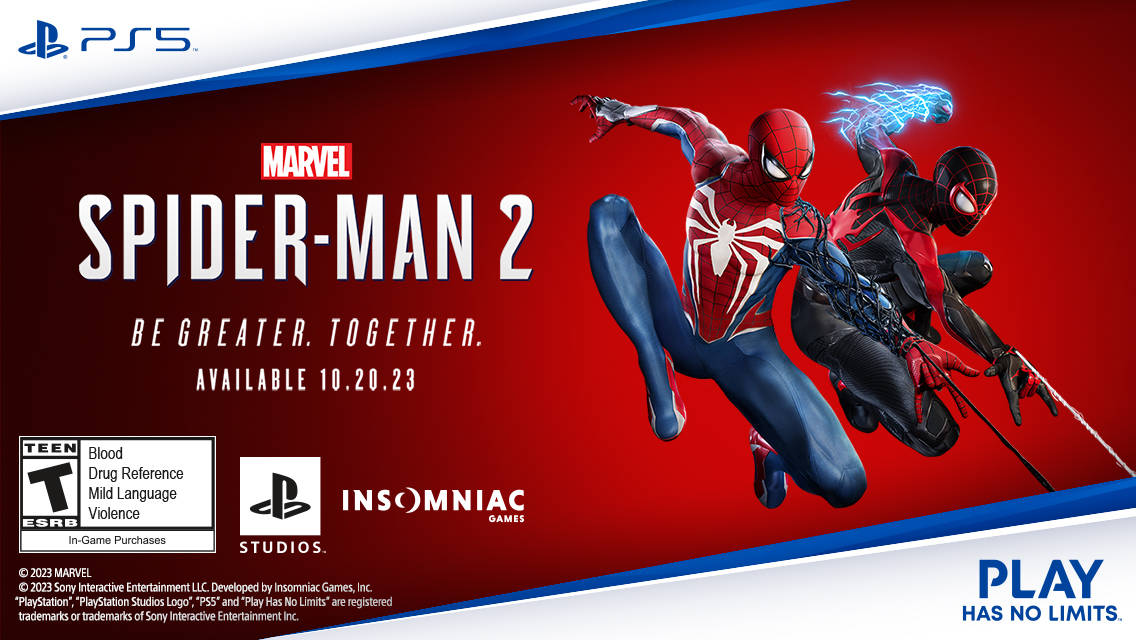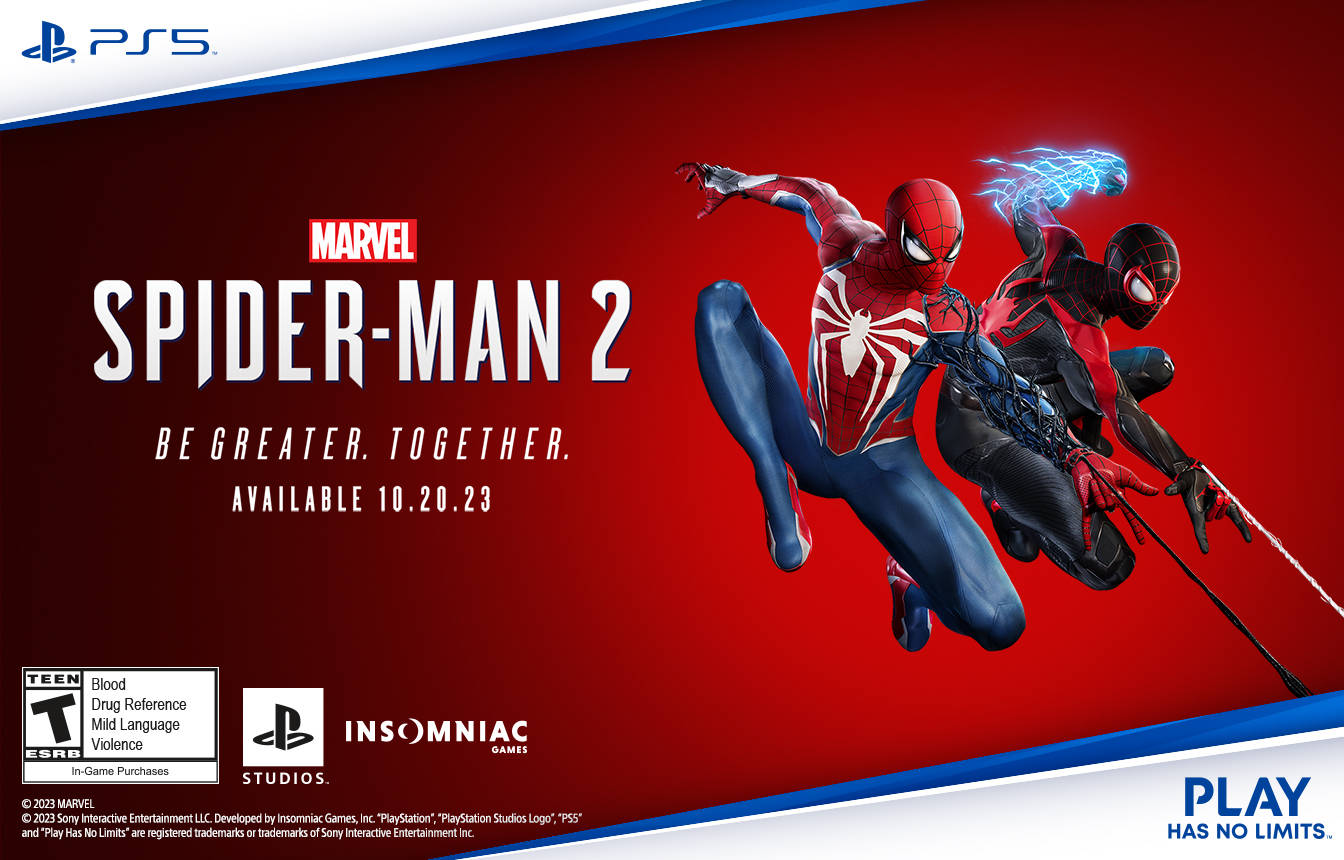Millions of shrieking children from my generation grew up cheering for Hulk Hogan. They’d tie on their oversized red-and-yellow bandanas, paint golden Fu Manchus on their upper lips, and follow the four “demandments” of pro wrestling’s iconic, oiled-up hero.
Brother, I couldn’t stand that rotten phony.
No, my favorites in the squared circle always wore the black hat. I cheered for cunning, conniving antagonists like “Mr. Perfect” Curt Hennig and “The Genius” Lanny Poffo. The former dubbed himself the embodiment of athletic superiority and even boasted that he could throw a football to himself, while the latter was an alleged self-taught Ph.D. and poet laureate who bragged about his prodigious mental acumen—and who, in addition to already speaking 11 languages, claimed to be “learning Japanese.”
I walk the straight and narrow in day-to-day life. And, sure, I love a tear-jerking, heroic triumph as much as anyone. But in fiction, villainy is just a lot more interesting—and a whole helluva lot more fun.
That’s why, instead of cringing in repulsion, I openly embraced the cackling, scheming star of The Witch and the Hundred Knight, the cocky, ornery Metallia. She’s a Swamp Witch in the truest sense of the word—a fiercely proud recluse, she’s never left her marshy home in her 113 years of existence, instead relying on her copious collection of leather-bound tomes to inform her of the outside world. These books apparently include several volumes of profanity-laden Hunter S. Thompson screeds, since Metallia sports a vocabulary as vulgar as you’ll find in gaming this side of Grand Theft Auto.
Nippon Ichi has a tendency to lean toward the rude and crude, of course—that’s how they made their name among role-playing fans more than a decade ago with their flagship RPG, Disgaea—but those elements are perhaps at their most extreme for the developer since 2007’s Soul Nomad & the World Eaters and its foul-mouthed, megalomaniac-trapped-in-a-sword antagonist, Gig. If the dark brand of humor was too much for you back then, or if you even find Disgaea a tad extreme, it’s safe to say you’ll be turned off by pretty much everything that spews out of the perpetually surly Metallia’s mouth.
To hear Metallia tell it, though, she’s not evil. She’s simply a witch. She just does rotten, nasty things. It is her raison d’être, but at least she’s up front about it.
Or, as another one of my favorite childhood wrestling heels liked to put it: “I’m a snake… Never trust a snake!”
Of course, after more than a century in the swamp, Metallia yearns to expand her territory, and since she can’t survive for long without the toxic stench of home, she concocts a familiar, the legendary Hundred Knight, to do her bidding. Think of a Prinny from Disgaea, except that this critter can only gesticulate wildly instead of saying “dood” every fourth or fifth word. Oh, but imagine if a Prinny could actually lay the smack down on someone’s keister instead of waddle around clumsily on its two sticks-for-legs.
The Hundred Knight’s job? To deliver “swampy justice” around the world by activating an assortment of pillars, which Metallia infuses with her toxicity as part of her plan to control the world—step by step, pillar by pillar. Yep, that’s right: In essence, the game sees you do the bidding of a cruel, crass, world-dominating witch. To its credit, The Witch and the Hundred Knight doesn’t really pull its punches and lets you know within the first 60 minutes what kind of ride you’re in for over the next 40-plus hours. Either you accept Metallia and all her assorted “eccentricities,” or you’re offended by the very thought of her and move on.
I should also add that the Hundred Knight isn’t totally mindless—or totally stupid. While Metallia’s potent magic apparently lacks the ability to grant speech, the critter lets out various grunts and can voice its happiness or displeasure pretty clearly. At several points in the story, in fact, the game offers the chance to use the creature’s power of self-assertion to accept, reject, question, or react in silence to various dialogue prompts.
This is a great little wrinkle to add to the already outlandish Nippon Ichi script—only it’s not used nearly as much as I’d like. A late-game decision determines which of the game’s three endings you’ll receive, but the other choices throughout the quest don’t matter. Sure, they’ll affect the dialogue, and Metallia’s responses might be infused with a little more or a little less rage depending on whether you’re a loyal or disgruntled servant, but it’s mostly just for show. It’s an interesting concept, though, and I’d love to see Nippon Ichi expand upon it in a future RPG.
The Witch and the Hundred Knight also differs from most of the developer’s previous efforts in that it doesn’t revolve around strategy or tactics on a grid, but instead focuses on hack-n-slash action in sprawling fields, forests, and dungeons. If I had to pick something that the experience most resembles on a superficial level, I’d choose the Ys series, particularly the recent standout entries on the PSP and Vita.
Unfortunately, the Hundred Knight is no Adol Christin—in more ways than one. Falcom’s iconic red-headed hero always has the ladies swooning for him, while the Hundred Knight seems content to let them boss him around. Adol’s also simply a lot more capable with a weapon in his hand, smoothly dodging, twirling, and slashing against hordes of foes. While the Hundred Knight can certainly pack a wallop with five different weapon types and the ability to equip a quintet of swords, spears, and staves at any one time (resulting in some pretty potent combos), combat always feels a bit slow to develop and lacks the quick-hitting action you’ll find in the best of the genre. It’s never an outright slog, and the Hundred Knight is a capable enough warrior that I generally enjoyed slicing through foes, but it never reaches its full potential, either.
Also, because the Hundred Knight needs Metallia’s power to survive, he can only explore on his own for a limited period of time, indicated by a countdown timer that runs down quickly if you’re exploring new territory but that slows to a crawl if you’re in an area you’ve already mapped. Your fate isn’t entirely up to the whim of the clock, though, since you can add more time by gobbling up enemies—or, in the game’s parlance, “quick-time eating.”
While the thought of an ominous countdown clock in an action-RPG might be a turn-off for some, it’s not that annoying in practice. I’d generally warp back to the home base of Metallia’s swamp after a 10-to-15-minute foe-flogging session anyway, and this setup only really becomes bothersome in the later areas, where checkpoints are needlessly far apart.
The only truly botched combat aspect is the camera—not so much in how it controls, but in how it interacts with the world. I’m eternally grateful that Nippon Ichi wanted to show off its lovely tree-leaf tech here, but when the environments interfere with the camera angle and force me to look at a collection of foliage instead of the action, I’d just assume that winter come and blow the damn things off the branches. These problems are particularly bothersome in one of the latter areas, a maddening maze that requires you to activate switches and open up doors. It’s almost as if the developers came up with the idea for a certain type of dungeon but never realized it couldn’t have been more ill-suited for the camera mechanics they’d implemented.
As the Hundred Knight makes his way across the world, the tale becomes a little more fleshed out than Metallia simply unleashing her literal quagmire upon various hills, forests, and towns—this is a Nippon Ichi game, after all, and she’s far from the only rotten one around. The story sets up a little too slowly, especially given the limited number of recurring characters—this isn’t exactly Game of Thrones in terms of complexity—but the narrative manages to intrigue, and I never knew quite which direction Metallia’s story would go. Meanwhile, the supporting cast isn’t Nippon Ichi’s strongest, but they show more depth than you might expect. And while the more vulgar elements are what will grab headlines, I was actually more amused by some of the subtler humor than by Metallia’s over-the-top rants (though she does deliver a handful of creative insults that really work in certain scenes).
I recognize that some players will be turned off by this game within the first 10 minutes, and that’s certainly their prerogative. But as someone who’s grown weary of the rote Disgaea formula over the past few years, I’d rather Nippon Ichi take risks and try something different than trot out yet another tired iteration on the same template. This isn’t my favorite Nippon Ichi game by any stretch, but it’s good to finally be surprised by them again. If you’ve enjoyed any of their devious outings over the years, The Witch and the Hundred Knight is definitely worth a shot.
After all, even Hulk Hogan finally embraced his inner baddie, right?
|
★★★☆☆
The vile, scheming, cursing Metallia might be too intense a main character for some, and the combat is more serviceable than outstanding, but Nippon Ichi fans who’ve felt a lack of innovation in some of the twisted Japanese developer’s more recent fare should find a refreshing change of pace here. |
Developer Nippon Ichi Publisher NIS America ESRB T – Teen Release Date 03.25.2014 |
| The Witch and the Hundred Knight is available on PlayStation 3. Primary version played was for PlayStation 3. Product was provided by NIS America for the benefit of this coverage. EGM reviews on a scale of one to five stars. | |

A proud Japanese RPG and serial-comma enthusiast, Andrew attended E3 for more than a decade. His least-proud moment? That time in 2004 when, suffering from utter exhaustion, he decided to take a break on the creepy, dilapidated—and possibly cursed—La-Z-Boy at Konami’s Silent Hill booth.





